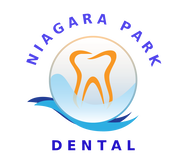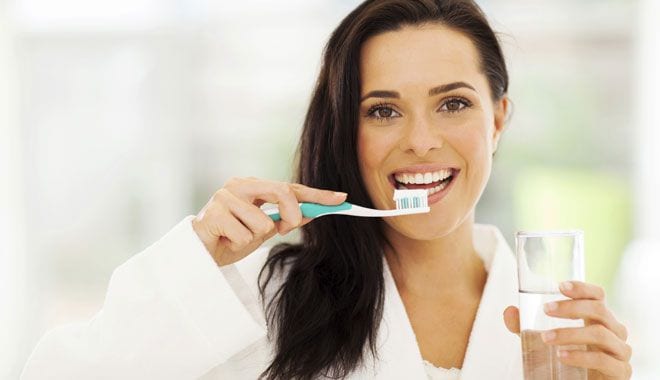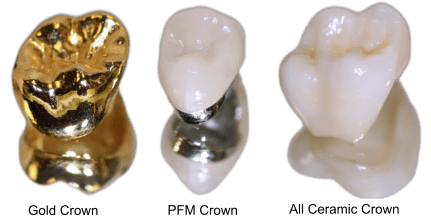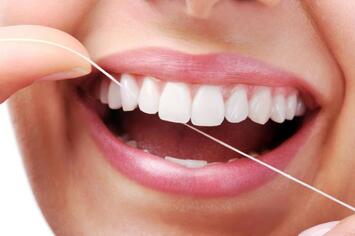|
Toothbrushing plays an important everyday role for personal oral hygiene and effective plaque removal. Appropriate toothbrush care and maintenance are also important considerations for sound oral hygiene. How do you look after your toothbrush? – Germs on toothbrushes. They get germs from the following: 1- Toothbrushes may even have bacteria on them right out of the box since they are not required to be sold in a sterile package. 2- From the oral cavity. 3- From the environment. Although studies have shown that various microorganisms can grow on toothbrushes after use, and other studies have examined various methods to reduce the level of these bacteria, there is insufficient clinical evidence to support that bacterial growth on toothbrushes will lead to specific adverse oral or systemic health effects. General Recommendations for Toothbrush Care1- Do not share toothbrushes. If you are sharing, this means you are sharing body fluids and germs. If more than one brush is stored in the same holder or area, keep the brushes separated to prevent cross-contamination. 2- Thoroughly rinse toothbrushes with tap water after brushing. The remaining tooth paste needs to be removed from the brush. 3- Do not routinely cover toothbrushes or store them in closed containers. A moist environment such as a closed container is more conducive to the growth of microorganisms than the open air. Store the brush in an upright position if possible and allow the toothbrush to air-dry until used again. 4- Replace toothbrushes. The bristles become frayed and worn with use and cleaning effectiveness will decrease. Toothbrushes will wear out more rapidly depending on factors unique to each patient. Check brushes often for this type of wear and replace them more frequently if needed. Children’s toothbrushes often need replacing more frequently than adult brushes. Conclusion:Replace your tooth brush when the bristles get worn. Take care of your toothbrush.
0 Comments
There are many types of dental crowns. Each has its own applications, advantages, and disadvantages. All types of dental crowns are offered at Niagara Park Dental for a very competitive price.
Conclusion:No matter what crown you need, Niagara Park Dental has the solution for you with high quality, and affordable option.
Nowadays, we, dentists discuss the option of having bone grafts more than ever. People ask, why do I need the graft? where is the graft coming from? and how does it help?
In the past, when a tooth needed to be pulled out, the dentist will just numb the tooth and take it out. Tooth extraction will be followed by bone loss. Bone lost will never grow back. The bone that is lost is important: 1- If you need to place an implant, you need bone> The better quality and quantity of bone, the easier, cheaper, and better the procedure will be. 2- If you decide to use a denture to replace your tooth, it is better to have more bone under the denture, as this will make it more comfortable. 3- If you decide not to replace the tooth, having healthier bone means protection for adjacent teeth. Where does it come from? At the moment, there are two main sources of bone grafts: 1- From animals, usually cows, or pigs. 2- Human. from human donors Conclusion: If you need to have a tooth taken out, it is worth considering have a bone graft. You probably keep hearing it from your dentist, that you need to floss between your teeth. But let us be honest, how many people actually floss!!!
What does flossing do? When you floss, you are physically removing a thin film of bacteria that adheres to your tooth surface. This thin film of bacteria is the very beginning of tooth decay and gum problems. Is it important? Flossing is a procedure of cleaning between teeth. Brushing your teeth only, means you are missing two surfaces of each tooth, as your brush will not clean the side surfaces of teeth. Here comes the importance of flossing. Does everyone need to do it? In theory yes. However, studies showed that the benefits in reducing the incidence of tooth decay have not been established. The most important thing here is access. Our thoughts are, if you can reach your back teeth with a floss, do it. However, if you find it hard, there are alternatives, like water floss, or picksters. Having said that, flossing between your front teeth is easy enough o do, and the advantages of that in reducing the frequency in calcus build up cannot be denied. Conclusion Floss between your front teeth to prevent calculus build up. If you can reach your back teeth as well, do it, if not, use a picksters or water floss to floss between your back teeth. |
AuthorArticles are written by Dr M Hajarat. Archives
July 2024
|
|
Niagara Park Dental
3 / 16 Washington Avenue Niagara Park, NSW 2250 Email: [email protected] Phone: (02) 4329 3003 |
HOURS
Mon 9:00 - 5:30 Tue 9:00 - 5:30 Wed 9:00 - 5:30 Thu 9:00 - 5:30 Fri 9:00 - 5:30 |
|









